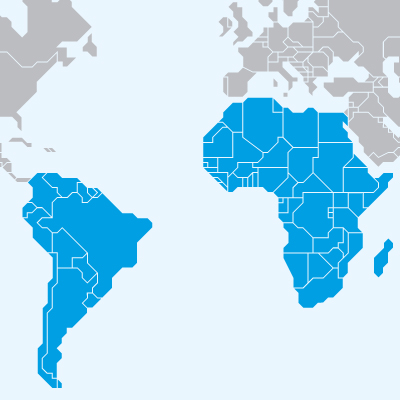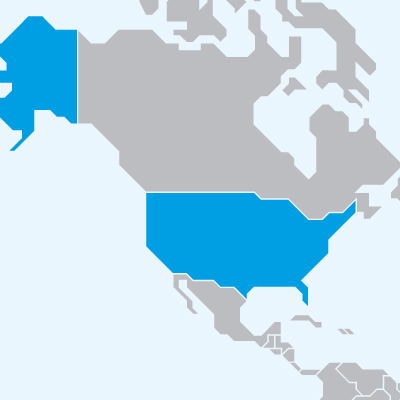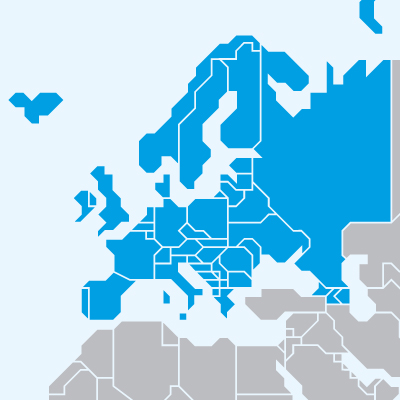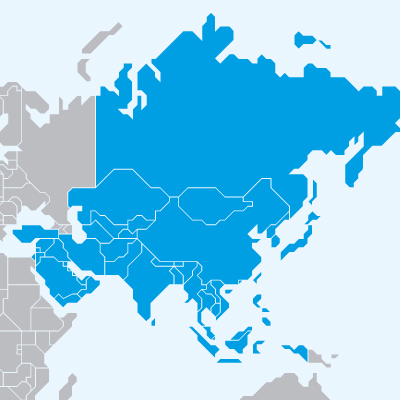Register to continue reading for free
How Covid-19 is being felt in Africa and Latin America

While countries in Europe seem to be in the midst of the pandemic, Africa and Latin America are facing the early stages of the Covid-19 diffusion in their territories
Given the special moment we are all living, the World Footwear reached out the main footwear associations in the world and have asked them to give us an update of the impact of the coronavirus (Covid-19) in their countries.
Today we will focus on South Africa, Argentina, Brazil and Mexico.
South Africa
The first case of a positive test for Covid-19 in South Africa was only reported a few days ago. The latest numbers confirmed 85 people positive with the virus. The country is in the early stages of the epidemic.
South Africa
The first case of a positive test for Covid-19 in South Africa was only reported a few days ago. The latest numbers confirmed 85 people positive with the virus. The country is in the early stages of the epidemic. Factories are manufacturing as normal and retail is operating as usual. Personnel are still going to work, so, the little disruption by now. SAFIA, the local footwear association, expects the disruption on the goods coming from China to have a big effect on the local industry as South Africa is a net importer from China.
The country is following the protocols of WHO in terms of measures for stopping the spread of the disease. There is a ban on international travel to and from all countries mostly impacted by the disease, which includes UK, USA, France, Germany, Italy, Spain, South Korea and China. Authorities also implemented the rule of no social gatherings of 100 people or more.
(Updated on the 18th of March 2020)
According to the World Footwear Yearbook (Available HERE) in 2018 South Africa was the third largest exporter of footwear in Africa, just after Tunisia and Morocco. With a annual consumption of 243 million pairs and production of only 57 million pairs, in 2018 the country imported 215 million pairs of shoes.
Argentina
Restrictions impacting working conditions were established last Sunday and Monday and include suspension of classes; work licenses for parents, people older than age 60, people having a chronic disease or being in an immunosuppressed state; and restrictions on shopping malls.
(Updated on the 17th of March 2020)
Footwear exports fell sharply in 2018 in Argentina and are residual (4 million US dollars) while imports remained above 500 million dollars. According to the World Footwear Yearbook (Available HERE), Argentina sources footwear mainly from Asia and Brazil.
Brazil
The country still has little number of cases recorded and Abicalçados, the local footwear association, believes these are the early days of the disease. No reports of disruptions in the industry so far.
(Updated on the 17th of March 2020)
Brazil has one of the largest footwear industries in the world, but this is mostly inward oriented. In 2018, exports of the country had a poor performance, falling more than 10% (Source: World Footwear Yearbook).
Mexico
The first cases were reported, and some measures are already in place such as limitation of meetings and closure of schools.
Mexico is one of the top 10 footwear producers in the world but its industry, heavily concentrated in Guanajuato, is mainly geared to the internal market which also requires increasing imports which reached 1.1 billion dollars for the first time in 2018, according to the World Footwear Yearbook (Available HERE). Mexican exports, concentrated on the USA, grew by 13% but they have yet to reach the record levels of some years ago.
(Updated on the 17th of March 2020)






